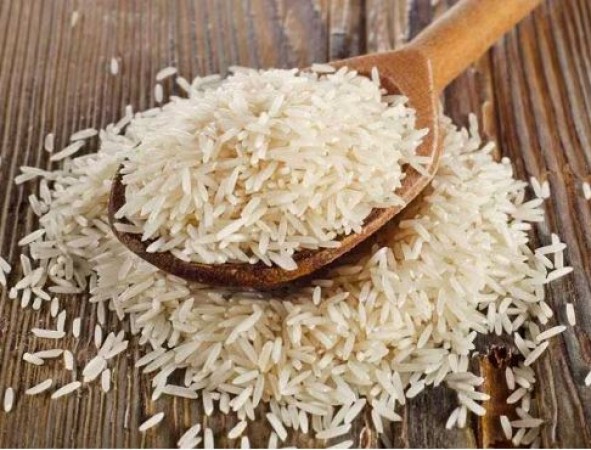
Genuine Basmati rice, known for its exceptional aroma and long grains, has become a culinary treasure sought after worldwide. But, how can one distinguish the authentic from the imitation?
Genuine Basmati rice traces its roots back to the foothills of the Himalayas in India and Pakistan, where the unique climate and soil contribute to its distinctive qualities.
One of the key identifiers of genuine Basmati is its alluring aroma, often described as a blend of nutty and floral notes. This signature scent is a result of the specific geographical conditions in which it is cultivated.
Long, slender grains are a hallmark of authentic Basmati rice. The grains can elongate up to twice their original size upon cooking, creating a light and fluffy texture.
When cooked, genuine Basmati rice maintains its structure while remaining tender. The distinct texture sets it apart from other rice varieties.
Look for the Geographical Indication (GI) tag, a certification that authenticates the rice's origin. The GI tag ensures that the rice is cultivated in the specified regions, adhering to stringent quality standards.
Trusted brands with a legacy in producing Basmati rice are more likely to provide the genuine article. Check for well-known brands with a history of delivering quality products.
India, a leading exporter of Basmati rice, reaps substantial economic benefits from its export industry. Annually, the country earns billions through the export of this aromatic grain.
Basmati rice has transcended borders, becoming a staple in international cuisines. Its global popularity contributes significantly to India's export revenue.
The rising demand for Basmati rice has led to concerns about adulteration. Dilution with other rice varieties can compromise the authentic taste and aroma.
To address adulteration concerns, stringent quality control measures are essential. Regular inspections and certifications play a crucial role in maintaining the integrity of Basmati rice.
Achieving the ideal Basmati rice dish requires precision. Rinse the rice thoroughly before cooking to remove excess starch, ensuring a light and fluffy outcome.
Enhance the natural aroma by adding whole spices like cardamom, cloves, or cinnamon during the cooking process. This elevates the flavor profile of the dish.
Promoting sustainable farming practices ensures the longevity of genuine Basmati rice. Eco-friendly cultivation methods contribute to the preservation of the unique qualities of this aromatic grain.
Educating consumers about the characteristics of genuine Basmati rice fosters a demand for quality. Informed consumers play a pivotal role in supporting authentic Basmati producers. In the world of rice, Basmati stands out as a jewel in India's culinary crown. Distinguishing the real from the imitation involves a keen understanding of its origins, characteristics, and the importance of packaging and labeling. As India continues to thrive as a major exporter, preserving the authenticity of Basmati rice becomes paramount for both economic and culinary reasons.
Now, Bikers Can Be Protected by Lord Shri Ram with the Launch of SBH-34 Helmet by This Company
Kia Seltos launched in Diesel MT variant, will compete with this popular SUV!
Hyundai Motor: Hyundai acquires General Motors' Talegaon plant, company will invest Rs 6,000 crore